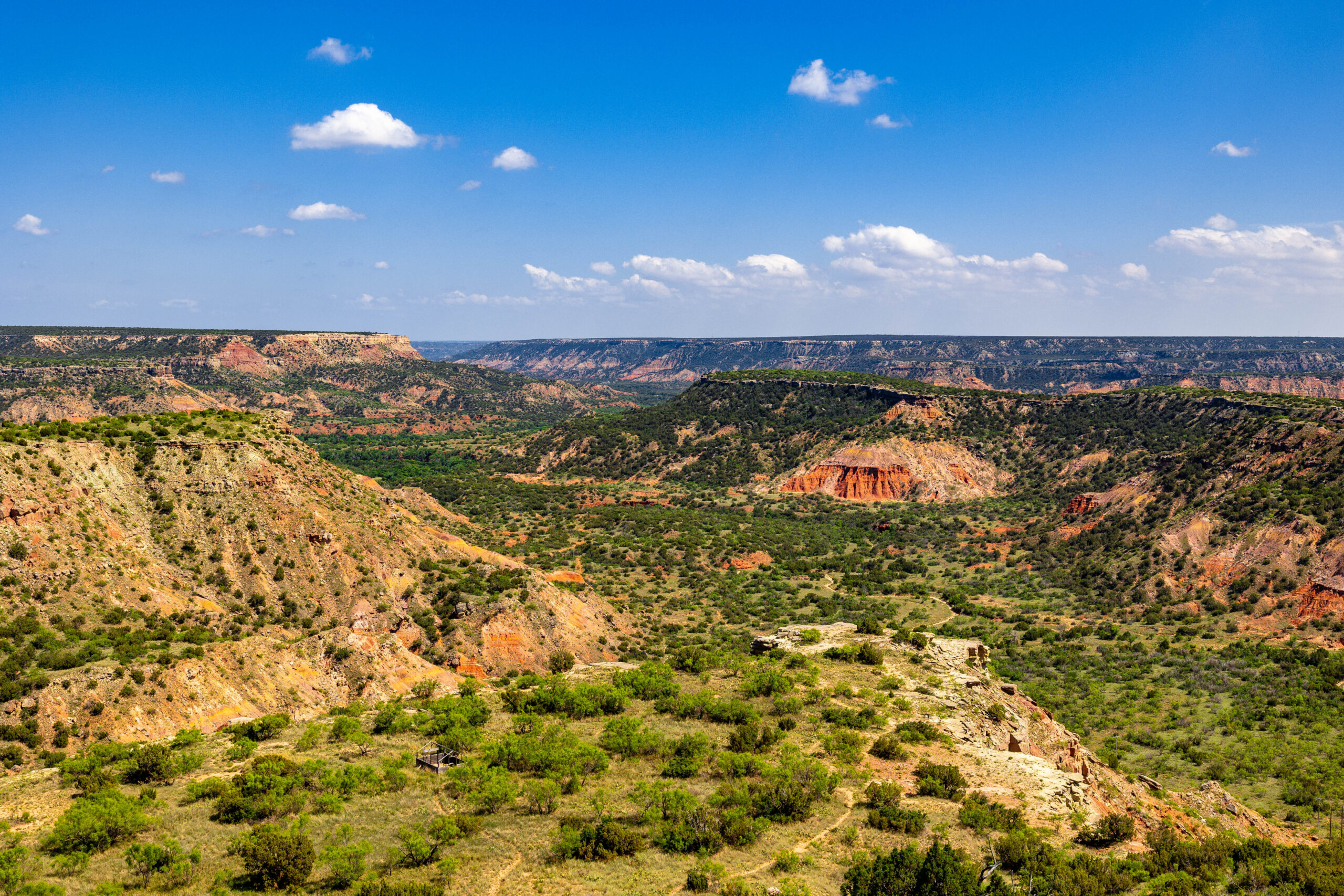Texas water law is as unique as the Lone Star State itself, and one of its most defining doctrines is the Rule of Capture. This legal principle has long governed groundwater rights in Texas, offering a fascinating glimpse into the state’s approach to natural resource management.
What Is the Rule of Capture?
The Rule of Capture is a legal doctrine established under common law that gives landowners the right to pump and use any groundwater found beneath their land—even if that water extends under neighboring properties. In essence, once water is pumped from the aquifer, it becomes the property of the person who extracted it. This means that Texas landowners are generally free to tap into groundwater resources without facing liability for depleting the aquifer available to others on adjacent land.
How Does It Work in Texas?
Under this rule, the act of “capturing” water is paramount. Unlike surface water, which is strictly regulated by state permitting and water allocation systems, groundwater has historically been subject to a more lenient regulatory framework in Texas. This has led to situations where aggressive pumping—sometimes called the “law of the biggest pump”—can result in neighbors experiencing lower water levels, even though each landowner is legally entitled to extract their share of groundwater.
Benefits and Challenges
Benefits:
- Encourages Investment: The rule has historically provided certainty for property owners, encouraging investments in wells and water infrastructure across agricultural, industrial, and residential sectors.
- Legal Clarity: It creates a straightforward framework where the responsibility for water extraction rests solely on the individual property owner, reducing legal conflicts over water boundaries.
Challenges:
- Over-Extraction Risks: With virtually unrestricted pumping rights, the Rule of Capture has been criticized for potentially leading to the overuse and depletion of aquifer systems, raising sustainability concerns.
- Environmental Impact: The lack of strict limitations can contribute to problems like land subsidence and reduced water quality, prompting debates over the need for regulatory reforms.
- Modern Regulation Pressures: As water demand grows and environmental challenges intensify, state agencies and local groundwater conservation districts have increasingly sought to impose measures that promote conservation and prevent wasteful practices, thereby tempering the absolute freedoms once granted by the Rule of Capture.

The Future of Groundwater Management
While the Rule of Capture has deep roots in Texas water law, evolving challenges—such as increased water demand, climate variability, and environmental sustainability—are prompting discussions about its modern applications. Efforts to implement stricter regulations and more comprehensive water management plans highlight a balancing act between preserving traditional water rights and ensuring long-term groundwater viability for all Texans.
For anyone interested in Texas water rights or involved in water-related ventures, understanding the Rule of Capture is essential. It not only influences how water is accessed and used but also shapes the ongoing dialogue about the future of water resource management in one of America’s most water-sensitive regions.
Nuances and Additional Considerations
- Regulatory Adjustments:
While the Rule of Capture provides broad rights, it has not been left completely unchecked. Modern regulatory measures by state agencies and local groundwater conservation districts have introduced limitations intended to promote sustainable management. These are evolving legal and policy efforts that address environmental concerns and resource depletion. - Complexity in Application:
Texas water law is complex and continually evolving. Although the blog post offers an excellent high-level summary, legal professionals and water resource managers would note that specific applications of the rule can vary, particularly in densely populated or heavily farmed regions. There are also ongoing debates and legal cases that further refine the extent of the Rule of Capture in light of modern water scarcity challenges. - Environmental and Sustainability Debates:
The overview’s mention of environmental challenges such as land subsidence and reduced water quality is particularly important. These issues highlight why the traditional doctrine is under scrutiny today, and why sustainable management practices are being increasingly discussed in the context of Texas water rights.
Here are some great sites for more information:
Texas Water Development Board (TWDB)
➤ https://www.twdb.texas.gov
▪️ Offers detailed reports, maps, and data tools on Texas groundwater availability and regulation.
Texas Commission on Environmental Quality (TCEQ) – Groundwater Rights
➤ https://www.tceq.texas.gov
▪️ Includes legal background, permitting processes, and environmental regulations related to water.
Texas Groundwater Protection Committee (TGPC)
➤ https://tgpc.texas.gov
▪️ Central hub for groundwater education and protection policies in Texas.
Texas A&M AgriLife Extension – Groundwater Law
➤ https://agrilifeextension.tamu.edu
▪️ Search for “groundwater law” to access simple guides, videos, and articles tailored for landowners and ranchers.




